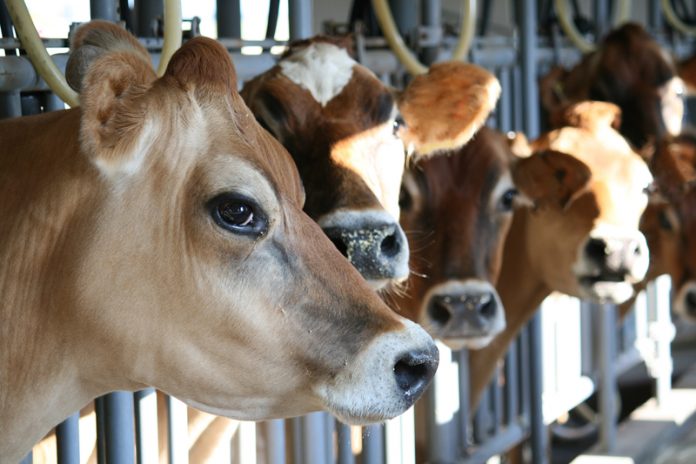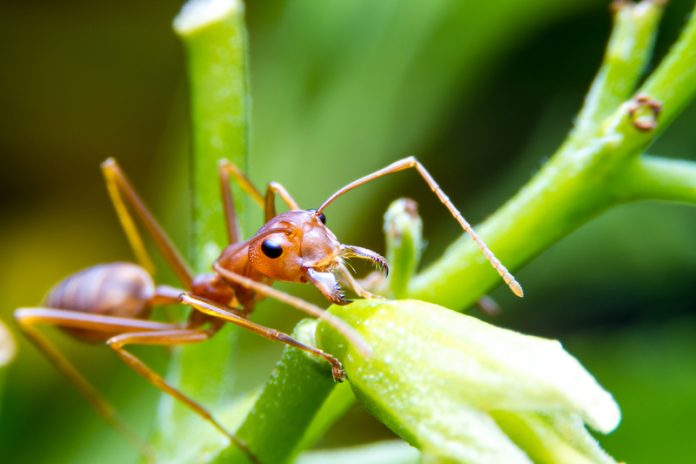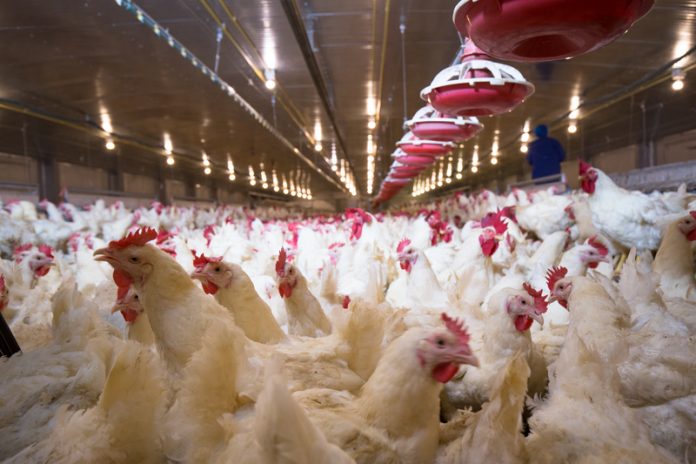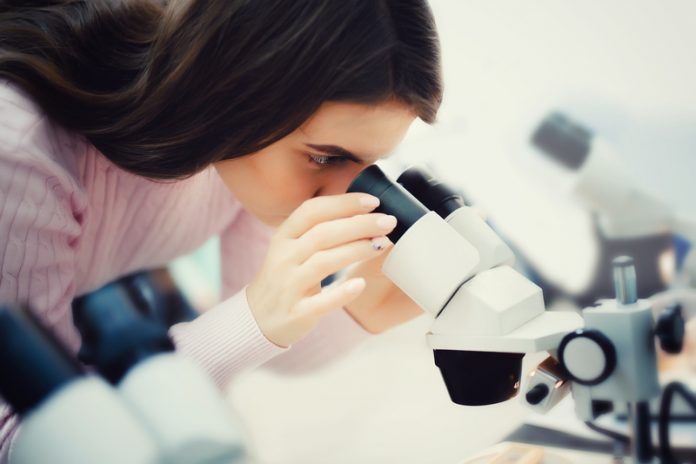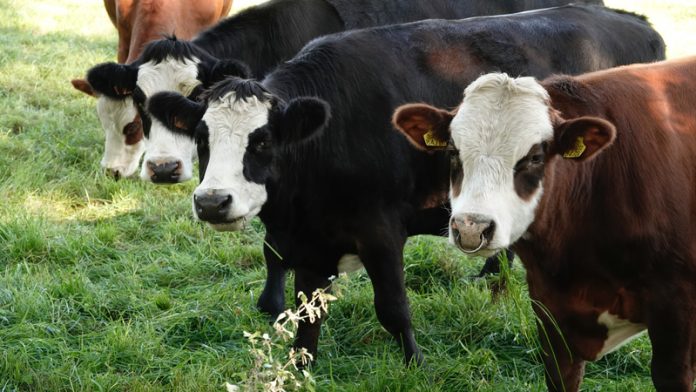Home Search
Bacteria - search results
If you're not happy with the results, please do another search
Measurement for the control of hygiene and risk
Martin Easter, General Manager at Hygiena International Ltd highlights the importance of cleanliness in hospital settings…
“Measurement is the first step that leads to control and eventually to improvement.
If you can’t measure something, you can’t understand it.
If you can’t understand it, you can’t control it.
If you can’t control it,...
Antibiotic resistance: a global threat
Ivo Holanec, Research Project Manager at the Institute and Faculty of Actuaries highlights a new report published regarding the significant problem of resistance to antimicrobials. This report examines the clinical implications, plausible effects on mortality and potential economic cost of antibiotic resistance…
Antibiotics have been central to modern healthcare since...
Infectious disease is a global problem
Professor Colin J Suckling, Research Professor of Chemistry at the Department of Pure & Applied Chemistry, University of Strathclyde looks at how the recent EU Referendum could impact his institution and research.
Like many British academics, the result of the recent referendum on the UK’s place in Europe was a...
Organic sector in need of improvements for animal health
Prof. Dr. Albert Sundrum, Head of Department Animal Health and Animal Nutrition at the University of Kassel highlights progress made by the organic dairy sector…
The organic dairy sector has been developing rapidly over the last decade. The existence of a premium price reflects (in part), the consumer expectation that...
Tackling AMR – the Danish way
Esben Lunde Larsen, Danish Minister of Environment and Food explains why a united Europe is needed to lead the fight against AMR…
In Europe 25,000 deaths are annually estimated to be related to antimicrobial resistance (AMR). But towards 2050 this number is predicted to increase drastically, and AMR is announced...
Development of multiple drug resistance (MDR)
Terra G. Arnason and Troy A.A. Harkness from the Departments of Medicine, and Anatomy and Cell Biology at the University of Saskatchewan detail current strategies to prevent or reverse multiple drug resistant malignancy…
Multiple drug resistance (MDR) can be present from the outset (inherent) or develop (acquired) in response to...
From spruce to beech forests – fundamental ecosystem transformation driven by climate
Professor Line Nybakken, Norwegian University of Life Sciences talks about the climatic potential of beech trees...
Beech has a wide distribution in Europe, but reaches its northern boundary in South-East Norway. With future climate change, it is expected that the beech will expand northwards, probably at the cost of spruce. Beech...
Antibiotic apocalypse warning issued
Medicine faces an apocalypse as antibiotics lose their efficiency, it has emerged…
England’s chief medical officer Dame Sally Davies has warned of an antibiotic apocalypse. She said some 50,000 people die each year in Europe and the US due to infections that can no longer be treated by antibiotics.
Antimicrobial resistance...
Pharmaceutical industry’s commitment to combatting AMR
Richard Bergström, Director General of the European Federation of Pharmaceutical Industries and Associations (EFPIA), highlights the importance of collaborative efforts to tackle antimicrobial resistance.
Antimicrobial resistance (AMR) represents one of the most significant threats to global public health and also one against which the pharmaceutical industry is committed to fighting....
Understanding glacial archaeology
Associate Professor Ivar Berthling from the Department of Geography at the Norwegian University of Science and Technology explains why cold ice patches turn out to be landscape hot spots
The mountains and polar areas of the world hold large quantities of surface ice. The most striking are the rivers of...
The hurdles of Biological Control to control the Red Imported Fire Ant.
Guadalupe Rojas, Juan. A. Morales-Ramos, Jian Chen, Michael Grodowitz, and Margaret Allen discuss the hurdles of Biological Control to control the Red Imported Fire Ant.
The red imported fire ant, Solenopsis invicta, is one of the most successful invasive ants and it is regarded as one of the world’s worst invasive...
Probiotics on poultry gut health research
The chicken industry has become one of the fastest growing livestock industries around the world due to the demand for high-quality protein by consumers. Today, modern-day broiler chickens can reach a body weight of 2 kilograms by 35 days, which represents an increase of an astonishing 5000% of their...
Industrial biotechnology workshops start academia–industry collaborations
Profile by Alison Parkin, the University of York and Jon Lloyd, University of Manchester
A key aim of the Metals in Biology network, one of thirteen UK government-funded Networks in Biotechnology and Bioenergy, is to bring together scientists from academia and industry to work together more effectively. With this remit,...
Where will our new medicines come from?
A view from one of the drug discovery teams at the University of Strathclyde, Glasgow, Scotland
Earlier this year I completed a three-year term as a ‘Public Partner’ on the Scottish Medicines.
Consortium (SMC), which is the body that advises the National Health Service in Scotland on the cost-effectiveness of medicines....
Colour changing dressing detects infections
A new dressing that changes colour when an infection is present could reduce the amount of antibiotics used unnecessarily…
Researchers have created a bandage that changes colour when toxins are present in a wound. Using fluorescent dye the dressing is able to detect bacteria and gives doctors an indication that...
New anti-infective drugs following a grand tradition
Nobel Prizes are normally awarded to scientists whose fundamental discoveries have had a major impact over a number of years in the particular field of scientific research. Just occasionally a Nobel Prize recognizes a discovery that has come directly to the consumer. From the point of view of a...
Can TB be eliminated altogether?
Dr Masoud Dara, Senior Advisor at the World Health Organization explains the challenges of tackling TB to Editor Laura Evans, and why antibiotic resistance is such a problem…
According to the World Health Organization, infectious diseases are caused by ‘pathogenic microorganisms, such as bacteria, viruses, parasites and fungi. Such diseases...
Physiology of animal growth, development and reproduction
A significant part of fundamental research in the Kielanowski Institute of Animal Physiology and Nutrition Polish Academy of Sciences in Jablonna
Central regulatory mechanisms
A number of experimental techniques have been developed in the Kielanowski Institute of Animal Physiology and Nutrition in Jablonna (Poland) that make it possible to conduct experiments in...
Fighting back against antibiotic resistance
Danilo Lo Fo Wong, Programme Manager on Antimicrobial Resistance at the World Health Organization (WHO) tells Editor Laura Evans that antibiotic resistance is a global problem and needs to be stopped now
Each year it is estimated that around 25,000 people die of antibiotic-resistant bacterial infections acquired in hospitals, throughout...
You’ve got to be able to see what you are doing!
At the heart of almost everything we do in chemistry is analysis, measurements that show us what we have made, how pure it is, what is happening in a reaction, or what is present in a particular sample. The use of the word ‘see’ is not just a journalistic...





